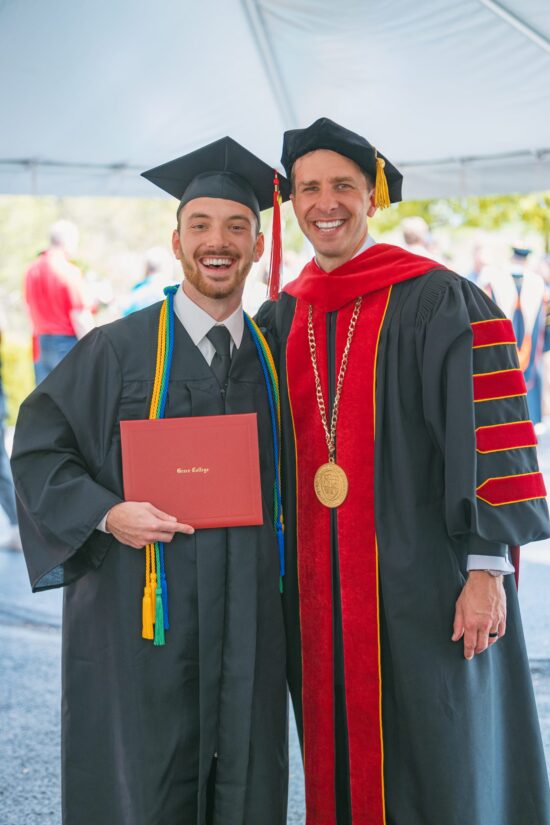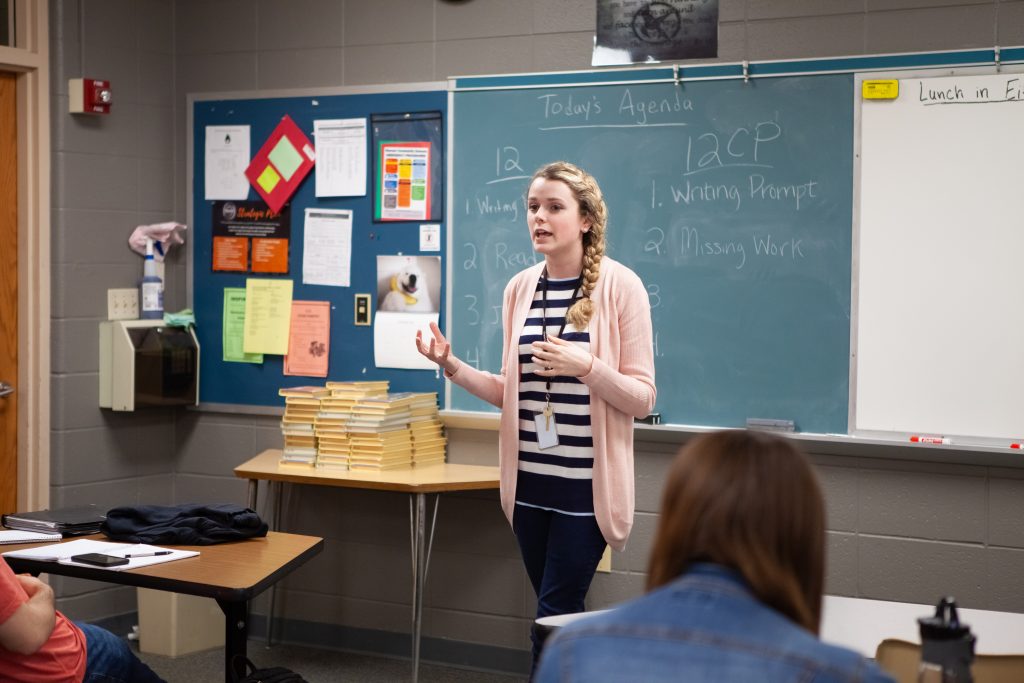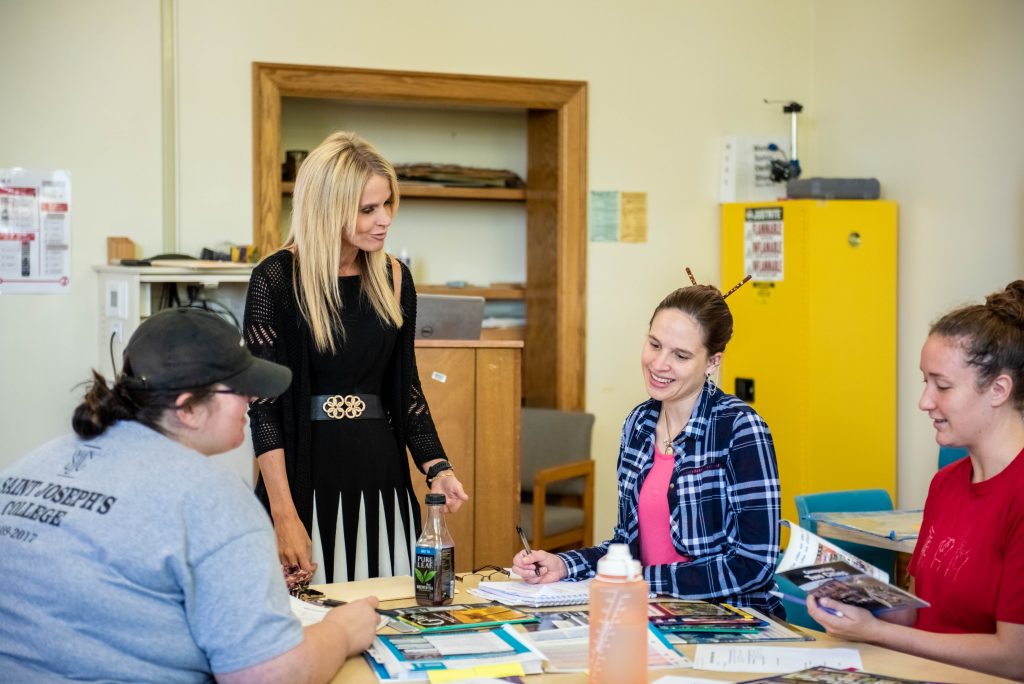Q: What are some of the factors that contribute to the teacher shortage?
A: One unmistakable factor is COVID. The pandemic pushed those who were thinking about retiring into making that decision early, making the retirement rates extremely high the past few years. In addition, COVID caused another group of teachers to leave the profession or take a break for health reasons. While everyone was facing risk and uncertainty during the pandemic, I would argue that teachers had an extra dose of that because of the challenges that a school setting poses.
The other piece to the teacher shortage is attrition. Teachers just don’t stay at the same rate that they used to. Teacher attrition is almost as concerning as the teacher shortage because you can get a teacher in, but it’s challenging to get them to stay. The longer you are in teaching, the more masterful you become. So if you have a lot of teachers who are leaving, you miss out on that expertise that seasoned teachers have to offer. This is one of the reasons we train our students at Grace to be competent. If competent, they will have greater confidence in their role and are more likely to stay in a position once there.
And on that note, it’s important to hit on the teacher preparation piece. There is an interesting connection between teachers who enter the field with a traditional teacher preparation program and the length of time they stay in teaching. Teachers who are a product of alternative preparation programs often become teachers before ever taking a pedagogy course. It’s astonishing how many teachers are teaching on limited or emergency licenses. This means that they are in the classroom acting as a teacher but without the qualifications to do so. Studies show that these teachers have a higher rate of attrition. And the field where most of these limited and emergency licenses are in effect is special education — where the shortage crisis is the most threatening. The lack of preparation leads to attrition which results in the shortage. It’s a vicious cycle.
Q: We know that every circumstance poses threats and opportunities. What are some of the opportunities that have resulted from the teacher shortage?
A: That’s a good question! The obvious answer and the biggest opportunity is that our education students have an excellent chance at landing a job in their field right out of college (if not before graduation!).
But there are many opportunities for innovation as a result of the teacher shortage that many people don’t recognize.
One of those opportunities we’ve experienced at Grace is the Teacher Residency Program. This program resulted from a $30,000 state-funded grant that allows Warsaw Schools and Grace College to develop two new teacher residents for the 2021-22 school year. Two years ago, we began exploring the idea of providing a year-long student teaching placement in high-needs fields, in this case, special education, that enables students to move into a position easily afterward. We’ve also explored similar options with Whitley County Schools and with the Dual Language Immersion (DLI) program in Warsaw. Districts are being very innovative about how they are partnering with education programs to “grow their own.”
Additionally, we are working with Ivy Tech to help bridge the gap from Ivy Tech into the School of Education at Grace. It’s an effective way to help diversify the teaching force which lacks diversity in terms of race, ethnicity, and gender.
All of these ideas might not have come to fruition without the teacher shortage pushing us to think outside of the box and link arms with all who are affected, whether it be local K-12 schools, teacher associations, or accrediting bodies. It’s become a statewide issue. I’m watching silos fall down as we realize we’re all in it together.






